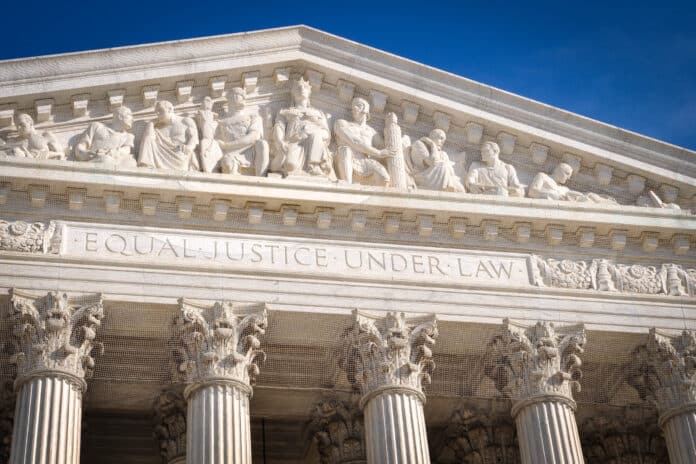
On June 29, the U.S. Supreme Court made a groundbreaking decision which will directly impact Minnesota’s government institutions and universities. In Students for Fair Admissions, Inc. v. President and Fellows of Harvard College, the Court struck down the race-preferential “affirmative action” policies of Harvard and the University of North Carolina. In doing so, the Court returned school admissions in the United States to the “colorblindness” required by the Constitution. In the decision, the Court rejected the principles of Critical Race Theory, antiracism, and other “woke” ideologies that support discrimination against people of some races to somehow atone for injustice to people of other races.
The Court rejected Harvard and UNC’s claim that they need affirmative action to support “training future leaders, acquiring new knowledge based on diverse outlooks, promoting a robust marketplace of ideas, and preparing engaged and productive citizens.” The Court said the connection between these goals and race-based admissions is “unclear” and impossible to analyze. To summarize, universities and governments can’t make up buzzwords with vague goals that will always be out of reach, in order to justify discriminating against applicants based on race.
The Court also rejected the universities’ desire to achieve “meaningful representation and diversity … on college campuses” as a reason for affirmative action because it boils down to “outright racial balancing,” which the Court called “patently unconstitutional.” To say it another way, universities and governments cannot try to achieve a specific breakdown of student or government employee population based on race.
The Court also rejected the universities’ desire to provide “students … the educational benefits of diversity,” because “it is unclear how a court is supposed to determine if or when such goals would be adequately met.” The “educational benefit of diversity” has long been identified as a reason to discriminate against nonminority candidates for university admission. While we don’t doubt that being part of a diverse community can have substantial benefits, it’s not a basis for denying a qualified candidate. It’s also impossible to say when the “benefits of diversity” are fully realized.
In coming to its decision, the Court also reaffirmed an important concept from two prior cases, Richmond v. J.A. Croson Co. from 1989 and Shaw v. Hunt in 1996, which should send reverberations through all government employers and schools: “An effort to alleviate the effects of societal discrimination is not a compelling interest,” and “[p]ermitting ‘past societal discrimination’ to ‘serve as the basis for rigid racial preferences would be to open the door to competing claims for ‘remedial relief’ for every disadvantaged group.’” This means governments cannot claim that the vague, unsupported boogeyman of “institutional racism” or “white supremacy” allows them to discriminate based on race.
This is yet another clear rejection of policies like the Minneapolis Public Schools’ policy to fire white employees first, regardless of seniority or merit, to make up for vague claims of societal discrimination without evidence of any concrete impact of these policies on the Minneapolis Public Schools’ workforce. The Court’s holding also fully rejects the concept of reparations — currently in debate in certain localities — or specific grants of money only available to individuals based on the color of their skin or ethnicity. The Minnesota Legislature made several such grants this past session. For example, in the Education Finance Omnibus bill, 2023 Session Law Chapter 55, article 4, section 57 (House File 2497), the Legislature granted money only available to black and American Indian “mentors,” for race and ethnicity-based “affinity groups,” and for only black and American Indian teachers for masters or graduate courses. These grants are clearly susceptible to constitutional attack.
The Court, in its concluding words, held that race may be considered in university admissions in only one way: “an applicant’s discussion of how race affected the applicant’s life, so long as that discussion is concretely tied to a quality of character or unique ability that the particular applicant can contribute to the university.” The Court finished with a flourish, directly stating that in relying on race in admissions, universities have “concluded, wrongly, that the touchstone of an individual’s identity is not challenges bested, skills built, or lessons learned but the color of their skin. Our constitutional history does not tolerate that choice.”
UMLC has always stood for equality and merit and against privileges based on race, for any race, and welcomes the Supreme Court’s long overdue decision finding affirmative action’s race-based college admission privileges unconstitutional. We look forward to the courts applying this principle to other educational, employment, public policy, government benefit and public accommodation settings.

















